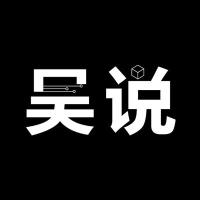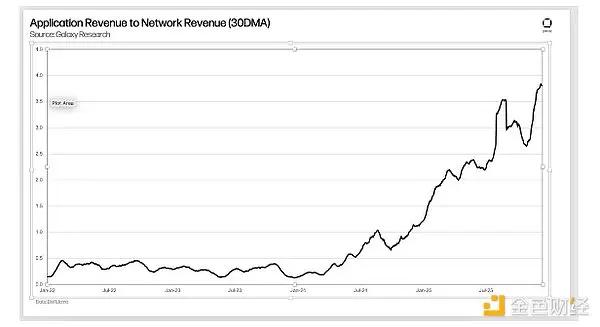Source: Lightning HSL
Looking at the recent industry development, theRWA(real-world assets on-chain) track may be entering the stage of substantial realization, and coinbasehas announced news that it will map stocks onto the chain.
But a closer look at thecoinbasenews shows that the current technology is still using the asset synthesis approach, rather than stock custody and1:1issuance of tokens to achieve the dual anchoring of stocks and tokens.
I feel that the current projects of asset on-chain have not grasped the essence of the crypto, which actually has a very sophisticated and mature way to complete asset on-chain, which is the encapsulation model.
The encapsulation model is a very common technical paradigm for asset management and migration in the crypto.
For example, the nativeBTCis encapsulated intoETHas wbtc-erc20, which is to "on-chain" theBTCasset to the Ethereum network.
LikeLido encapsulating stETH into wstETH, this is to encapsulate a yield-bearing asset into a standarderc20token to facilitate on-chain management of equity assets.
The two cases of wbtcand wstETHprovide the two key technologies needed forRWAasset on-chain: one is asset encapsulation on-chain; the other is management of encapsulated asset equity.
To summarize the major asset on-chain projects in the crypto,Ondo, makerdao, and the currentcoinbase's on-chain technology.
Ondo is the most straightforward, where real assets are custodied by a centralized institution and then mapped to tokens on the chain.
In fact, stablecoins likeUSDTandUSDCare the most successful cases of asset on-chain, using the mechanism of 1:1 dual anchoring of US dollars and stablecoins, with the US dollars custodied by a centralized institution and the tokens circulating on the chain.
USDTandUSDCare the most successfulRWAprojects.
Ondo's way of encapsulating assets is mainly complicated by legal regulations, and it seems difficult to become widely popular in the crypto environment that dislikes being regulated.
makerdao's on-chain US Treasuries, its essence is to have a third party hold the Treasuries and then airdrop the Treasuries' yields to sDai(users who depositDai into a contract become sDai). It seems to be just trying to give some benefits toDai holders.
And the stock on-chain thatcoinbaseis trying to do now, the essence is to use synthetic asset technology to generate stocks on the chain, and the most famous project using this technology issynthetix.
In fact, I think the simplest and most effective way is to encapsulate theusdtandusdcstablecoins to realize on-chain Treasuries.
This requires the two companies ofusdtandusdcto operate, and let's useusdcas an example.
Design a deposit contract that allows users to depositusdcinto the contract and receivewUSDCtokens in return, which serve as a certificate for redeeming the deposit.
wUSDCfully complies with theerc20standard and can circulate freely in the market.
circle, as the parent company ofusdc, will use theusdcin the deposit contract to buy US Treasuries, and share the Treasuries' yields with the holders of wUSDCby injectingusdcinto the deposit contract.
This is how to realize on-chain Treasuries. Buying US Treasuries can simply become buyingwUSDC.
And the real Treasuries trading and yield will be handled byCirclecompany.
Stocks can also use the same encapsulation technology, where wUSDCcorresponds to the share in the stock pool, and then wUSDCand the real stock price will have arbitrage to keep the two values consistent.







